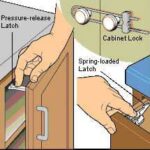Expert guide to childproofing room by room, beginning with the kitchen and directing you to childproofing techniques for all rooms.
Keeping our children safe is our most important responsibility. In this section of HomeTips, you’ll find helpful tips for protecting your kids’ safety in every room or area of the house. Since the kitchen is the most active and dangerous room of the house, this is where we will begin in our discussion of childproofing room by room.
Childproofing the Kitchen
In most homes, the kitchen is the bustling hub of family life. But the kitchen is not a safe place for a young child. From its hot stoves to its sharp knives, the kitchen is the home’s most accident-prone area for small family members.
In addition to storing away and locking up all toxic substances (see below), there are a number of other safety precautions to take in the kitchen. Most important to remember is that a young child should never be left unattended, even for a moment, in a kitchen, whether cooking is taking place or not.
General Kitchen Safety
Don’t let any electrical cords dangle over countertop edges. Small appliances such as mixers, food processors, coffee makers, and the like should be unplugged when not in use and stored out of reach.
Put away all kitchen utensils after use, especially those with sharp blades or pointed tines. Keep all knives safely beyond your child’s reach, yet make sure that the place you have chosen for storage is convenient to you so that you’ll be sure to put them away after you’re done with them.
Put garbage in a container with a hard-to-open lid, or store it under the sink and install a child-resistant latch on the door.
Find an out-of-the-way place to keep aluminum foil, wax paper, and other wraps boxed with sharp cutting edges.
Childproofing Kitchen Appliances
As manufacturers respond to concern and family needs, many major appliances are now available with child-safe features. When buying new appliances, look for models with switches and knobs beyond a small child’s reach.
Here are some other pointers, whether your appliances are brand new or long used.
Cooktop & oven safety. Teach your child at an early age the meaning of “hot”—and that the stove, whether on or off, is a “no-no” to touch. Make sure that he or she is not underfoot when you are working at a cooktop, oven, or other appliance with hot foods or liquids that might spill or spatter. When cooking, keep pot handles turned inward (but not over another burner) so small children can’t reach them. A stove-top guard provides a barricade—but don’t consider it a guarantee of safety.
If your toddler can reach the controls, remove the knobs. If the door or outer walls of the oven get hot to the touch, keep baby out of the room. If an accident happens in spite of your precautions, immediately immerse the burned area in a stream of cold water until the pain subsides. (Don’t use ice, which may cause frostbite.) Then cover the burn loosely with a clean bandage and call your child’s doctor.
Microwave oven safety. Be sure the microwave oven is mounted where baby can’t reach the controls. If you use the microwave to heat baby food or baby bottles, keep in mind that the containers may not feel hot even when the contents are scalding. After heating a bottle (with the nipple on), shake or mix well and test the temperature of the milk or formula on the inside of your wrist. When heating baby food, always stir and, again, check the temperature on your wrist before giving the food to your child.
Refrigerator safety. Some foods found in refrigerators can be toxic to children, especially if taken in quantity; examples are wine, picante sauce, and spoiled leftovers. To prevent children from opening the refrigerator door, you can install a refrigerator lock at the top of the door.
But very young children usually lack the strength and coordination to open a refrigerator door. And when they’re able to do so, they’re also old enough to be taught that the refrigerator is off limits. In the long run, saying “no” is a more helpful safeguard than using a lock.
Dishwasher safety. Kids love to push buttons, so most dishwasher control panels are irresistible. The easiest way to keep your child from playing with the dishwasher’s controls or contents is to buy a dishwasher that is difficult for a child to operate and open.
But, if you’re not in the market for a new dishwasher, you can slow down your child’s exploration by locking the dishwasher door with an appliance fastener available where child safety supplies are sold. Always load knives and sharp objects pointing downward so they are not as hazardous when the door is open. Only pour in dishwasher detergent just before you a cycle.
Garbage disposal safety. If your child can reach the garbage disposer switch, there are a couple of methods to keep him or her from flipping it on. Replace the cover plate with a locking outdoor switch cover, or replace the switch with a key switch (like the ones used for lights at schools). Both of these are available at electrical supply shops.
Trash compactor safety. Be sure your trash compactor won’t operate when the door is open and that it can be turned on only with a key. Put the key where your child can’t get it.

If you use refrigerator magnets, make sure they are too big to go into a small child’s mouth and that the magnet itself can’t come loose.
Child-Safe Storage
Many household products are packaged in bright containers that may attract a small child. It is critical to remove from a child’s reach all supplies that could be toxic, such as:
- Detergents and cleaning agents, including drain, oven, and toilet-bowl cleaners
- Disinfectants and deodorizers (use only non-toxic diaper-pail deodorizers)
- Polishes for shoes, floors, and furniture
- Plant-care chemicals
- Tobacco products, including matches, lighters, and lighter fluid
- Liquor
- Pesticides, including ant and roach poison, flea powder, and moth balls
- Pet food and other pet products
- Petroleum distillates, including kerosene, turpentine, and automotive products, all of which should be stored in metal containers
- Pharmaceuticals, including vitamins
- Perfumes, lotions, ointments, cosmetics, and powders
- Art and hobby supplies that contain harmful ingredients
Even with these safety measures, be sure that all medications have child-resistant caps.
Also, always read labels carefully. Although some poisonous substances are clearly marked, many others are not.
Make sure that all toxins you store are correctly labeled with name and ingredients. This information can save a life by letting the doctor or poison control center know what antidote and treatment to use in the event of poisoning. (Also, never induce vomiting unless directed to do so by a doctor or poison control center as, depending on the substance swallowed, vomiting may actually increase the internal harm.)
To be safest, simply get rid of the worst substances unless you absolutely need them.
Childproof Locks & Latches
Little curiosity seekers love to open cabinets and drawers to search for mysterious and interesting finds. In the occasional cabinet or drawer that contains nothing but child-safe items, such exploring is harmless. But most cabinets and drawers are where adults usually stash all the dangerous things little explorers should not get into.
Several child-resistant latches and locks for cabinets and drawers are readily available. Most are easy to install, and while they are easy for an adult to negotiate they are beyond the skills of most young children.
Childproofing Other Rooms
Next, please move on to the following articles for childproofing room by room inside your home:



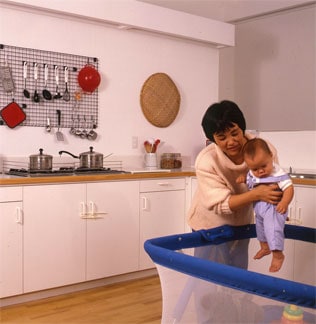
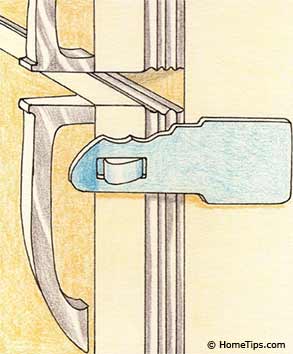
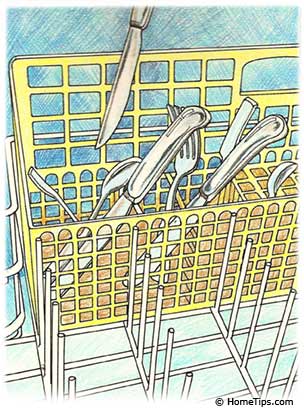
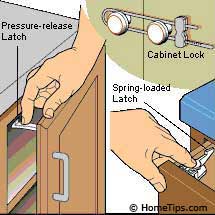

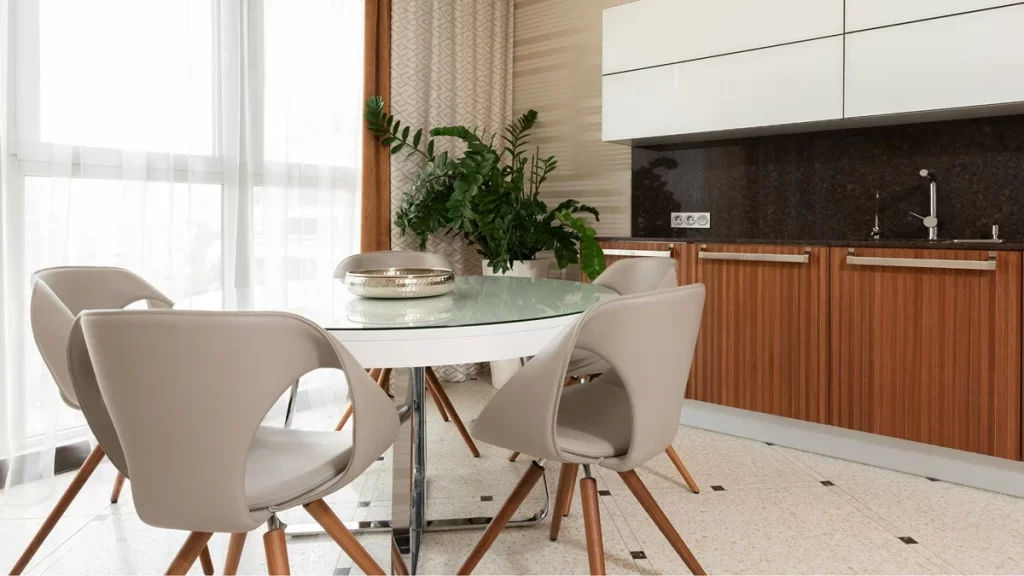


 Don Vandervort writes or edits every article at HomeTips. Don has:
Don Vandervort writes or edits every article at HomeTips. Don has:
